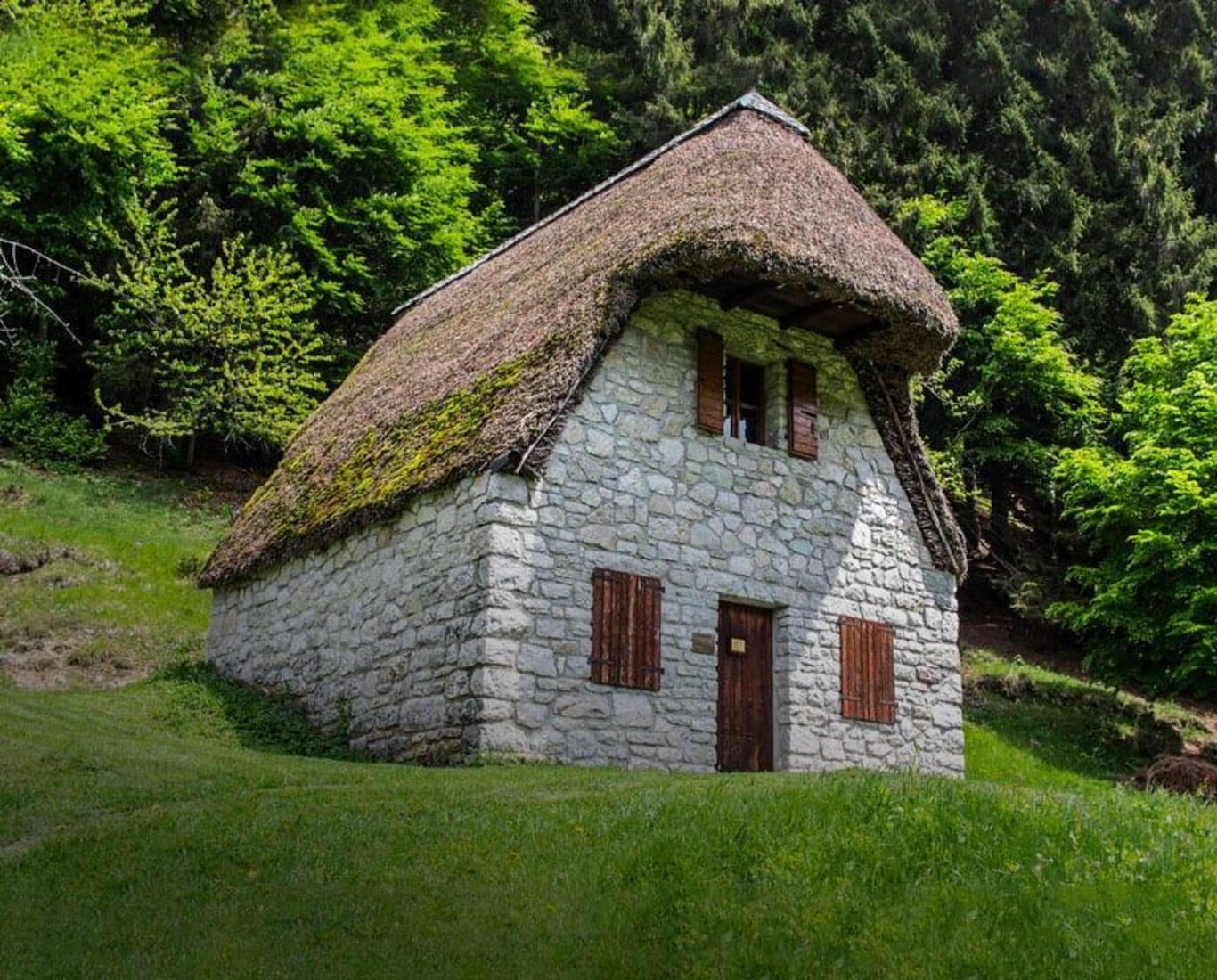The Valley of Seren, named after the village that serves as its entrance, is a valley that retains interesting landscape, environmental, naturalistic, and historical peculiarities, shaped over the millennia by the Stizzon stream. Located at the foothills of Monte Grappa, it is an excellent starting point for walks and excursions.
Along the ridge of the surrounding mountains runs the Alta Via 8, also known as the High Road of the Heroes, in memory of the war events related to World War I, of which this area was a theater. In fact, throughout the valley, there are testimonies and commemorative plaques recalling the events that took place over a century ago.
Another important characteristic aspect of the Valley of Seren is its rural architecture: the most striking and famous example is that of the fojarol, mountain shelters with a characteristic roof, covered with branches and leaves (“foje” from which fojarol) of beech, which were cut in August during the waning moon, when beech trees are at the peak of their vegetative phase, and immediately put to use. A few specimens can still be observed, and they are all found between the Valley of Seren and the adjacent areas.
More widespread, but equally interesting from an architectural point of view, are the “feltrina houses,” whose façade was porticoed, with an external staircase leading to the piól (balcony) in wood. Here, agricultural products were dried and the bedrooms opened. On the ground floor was the kitchen with the larìn or ritonda, in which a wooden seat circled around the fireplace. Attached were the cellar and other storage areas, and a little further on, the small vaulted stable (cuba) where livestock was kept during the winter months; above it was the hayloft.
